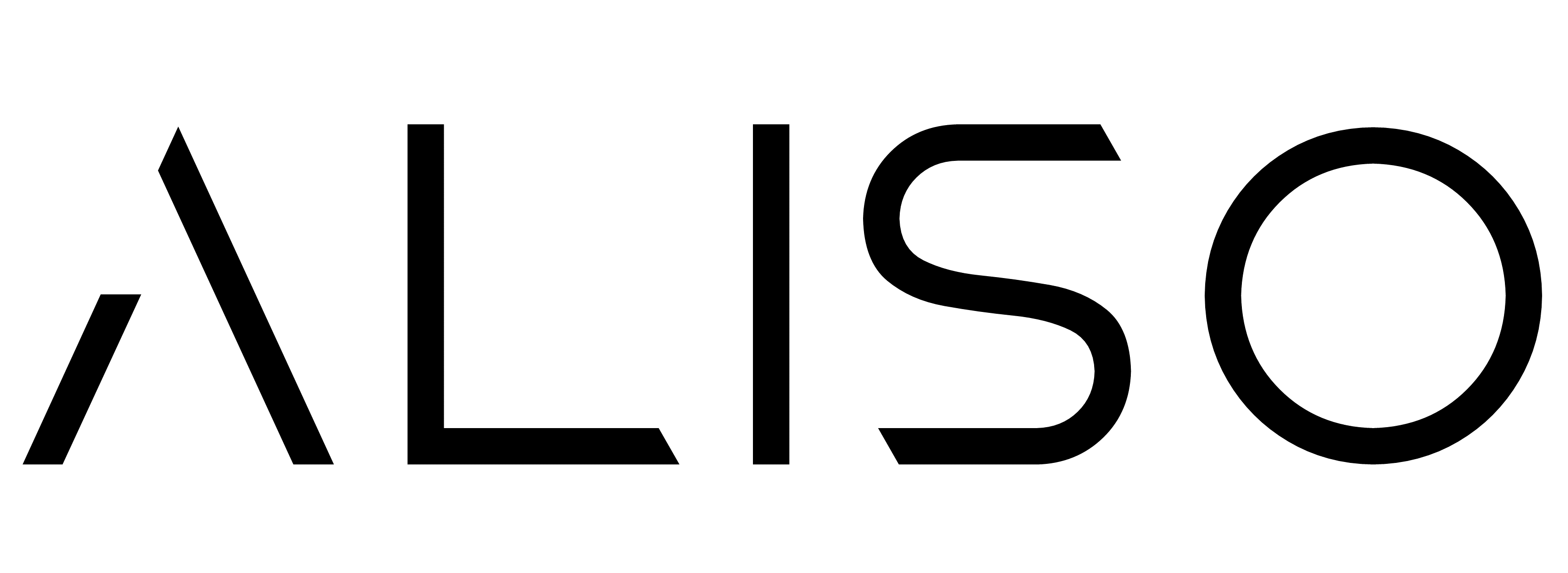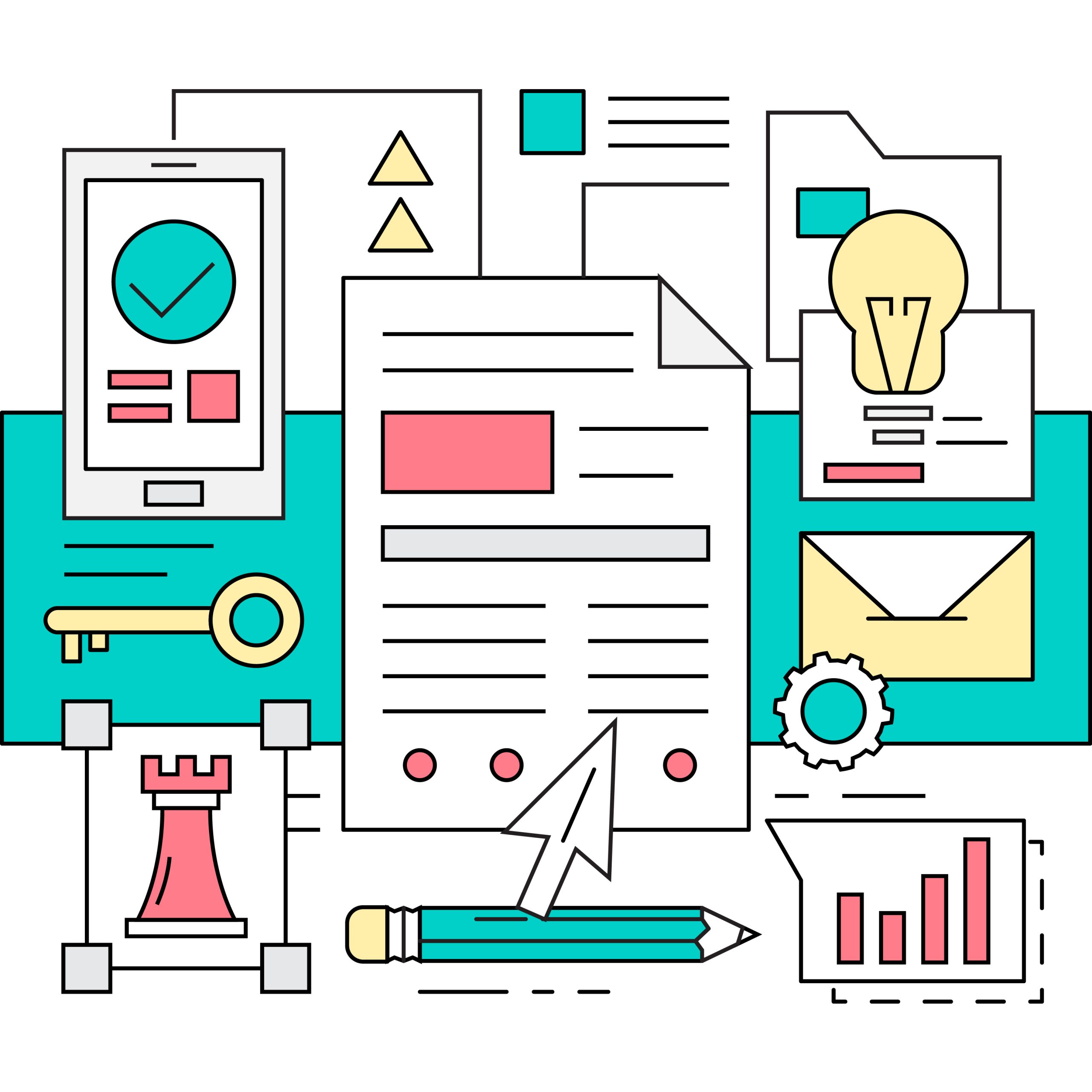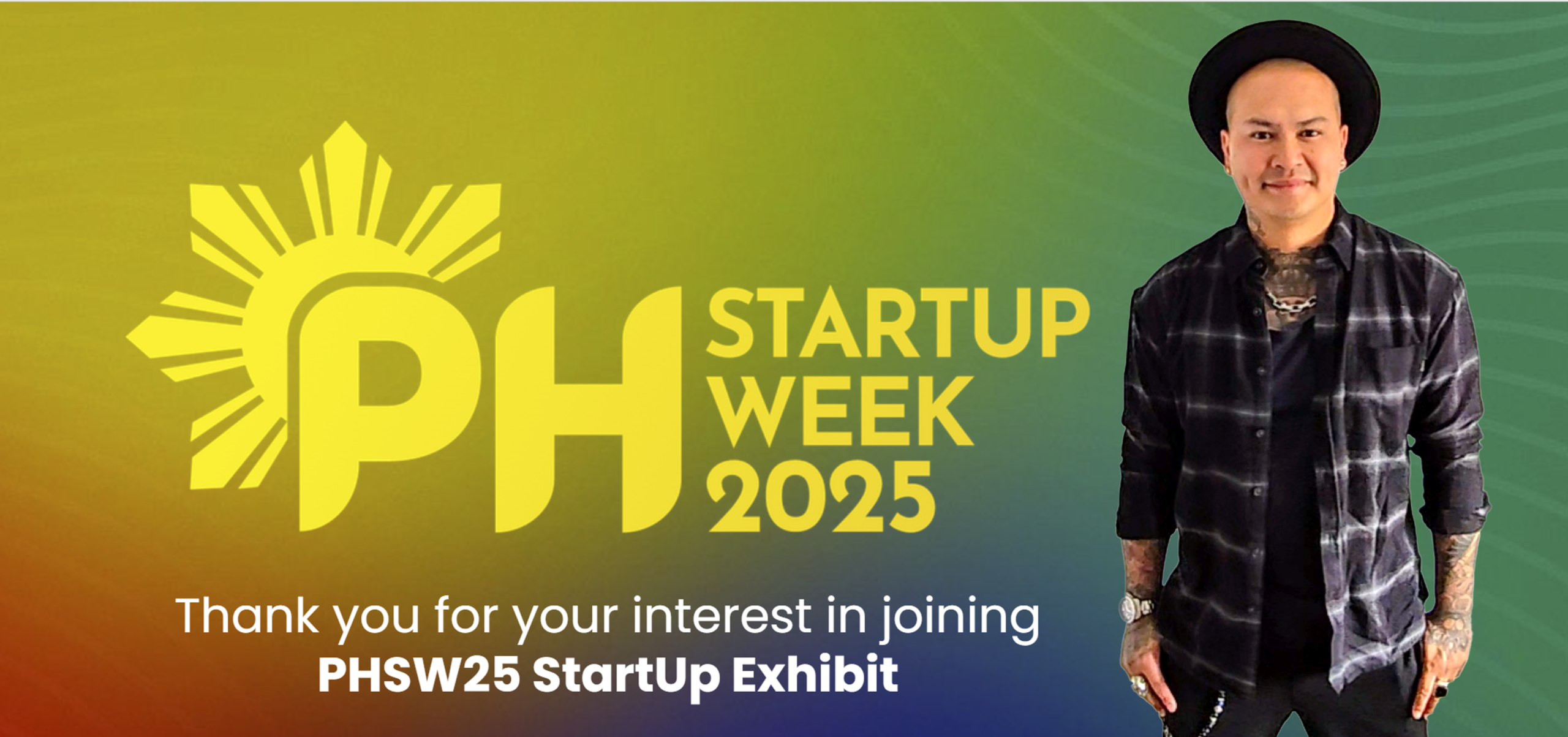When you’re improving a process or implementing a new system, you can’t stop at understanding how things work today.
You also need to define how they should work tomorrow.
That’s where to-be process mapping comes in.
As a business analyst, it’s one of the most important tools I use to align stakeholders, support change, and shape clear, structured business requirements.
🧠 What Is To-Be Process Mapping
To-be process mapping is the practice of visualising a future-state process.
It shows how the business wants a process to work after improvements, system changes, or redesign.
It’s not just about automation or efficiency—it’s about building processes that solve real pain points.
This includes:
- Simplifying steps
- Reducing manual work
- Clarifying roles and responsibilities
- Aligning the process with system capabilities
The to-be map acts as a blueprint for change.
It also becomes a key input into your functional and non-functional requirements.
🔍 When to Use a To-Be Process Map
I create to-be maps during:
- System upgrade projects
- Digital transformation initiatives
- Operating model changes
- Process improvement reviews
- Service redesigns
If the current way of working isn’t fit for purpose, we need to design a better future-state process—before we define what the system or team should do.
🛠️ Steps I Follow to Map the To-Be Process
1. Understand the Current State
Before you can build a future process, you need to understand the current one.
I start with as-is mapping.
I talk to users, observe steps, and identify pain points.
This gives me the context I need to propose meaningful change.
2. Engage the Right Stakeholders
To-be mapping isn’t a solo activity.
I run workshops with:
- End users
- Process owners
- System architects
- Product managers
I bring together the people who understand the process and those who’ll be impacted by the change.
This keeps the future-state design practical and aligned.
3. Focus on Goals and Pain Points
In the workshop, I guide the group by asking:
- What’s the ideal outcome of this process?
- What can we remove or simplify?
- Where do delays or errors happen today?
- What should the system handle vs. the user?
The goal is not to draw a perfect process.
It’s to design a better one.
4. Draft the To-Be Map
I use tools like Visio, Lucidchart, or Miro to sketch the to-be process in real time.
I focus on:
- Clear sequence of steps
- Decision points
- Roles and swimlanes
- Inputs and outputs
- Touchpoints with systems
This gives stakeholders a visual understanding of how things will work after the change.
5. Validate the To-Be Process
After the session, I clean up the map and send it for feedback.
I ask stakeholders to confirm:
- Does this reflect what we want?
- Can this be supported by our systems?
- Are there any gaps or exceptions missing?
Once validated, this becomes the basis for requirements documentation.
📄 How I Use To-Be Maps to Drive Requirements
A strong to-be process map makes writing requirements easier and clearer.
Here’s how I use the map to define functional and non-functional requirements:
- Each step becomes a user story or requirement
e.g. “System must allow users to submit a request and receive confirmation” - Decision points inform business rules
e.g. “Requests over $5,000 must trigger approval from Finance Manager” - Swimlanes define user roles and permissions
e.g. “Only HR can update employee status” - Inputs and outputs shape system integration points
e.g. “Form data must be saved to CRM and trigger an email alert”
I annotate the process map and link each step to requirement IDs.
This keeps everything traceable.
When developers or testers review the map, they can see exactly what each requirement is trying to support.
📈 Why It Works
To-be process mapping keeps everyone focused on business outcomes.
It helps prevent:
- Unclear scope
- Gaps in requirements
- Misalignment between users and tech teams
- Features that don’t support real needs
It also helps stakeholders visualise what change looks like—before the first requirement is written.
This builds buy-in and reduces resistance.
✅ Final Thoughts
To-be process mapping isn’t just a BA deliverable.
It’s a tool to align business and technology.
It helps me define what the future needs to look like.
And it gives structure and clarity to every requirement I write.
It saves time.
It improves quality.
And it sets the foundation for successful project delivery.
If you’re writing requirements without a to-be process map, you’re working blind.
I never write without one.






